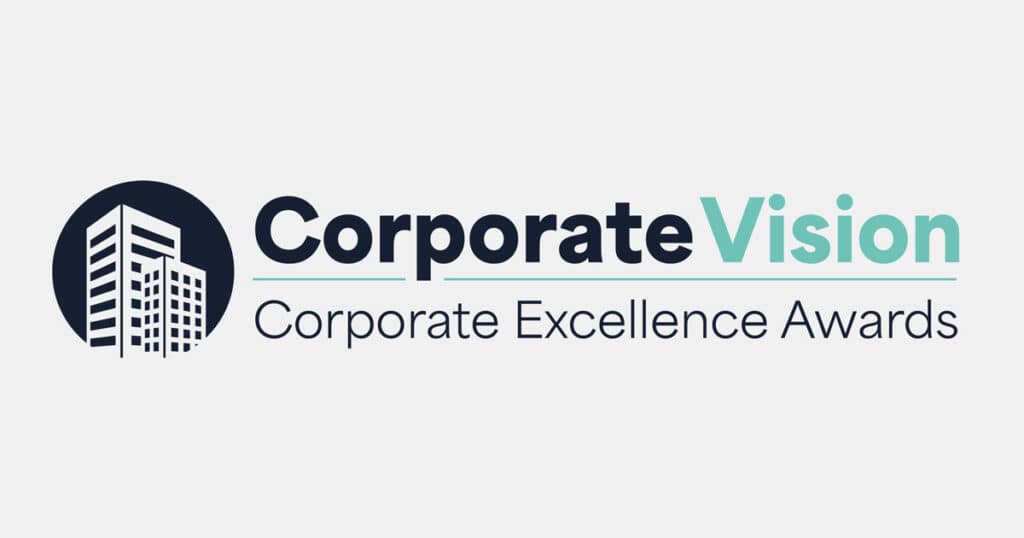Search engine optimization (SEO) is your key to unlocking digital success.
Run through our SEO checklist and properly optimize your website with creative content, keywords, and so much more!
Most people with websites don’t have a clue what to do with SEO best practices.
Some of them don’t even know what it is. That’s okay.
We created an SEO checklist to break things down for you.
47% of website traffic comes from organic visits. These are the people who find you by looking in their browser or their Google search bar. But in order for your audience to find you, you have to make it easy for Google to list your site. You can do this by optimizing your website for SEO best practices.
The beauty of SEO is that anyone can do it. If you follow our SEO checklist, you’ll start to get an idea of how to optimize SEO. Do it often enough, and you’ll become an SEO pro.
The SEO Checklist for Your Website
There are three parts to optimize SEO. The first part is background information, like setting up keyword trackers and analytics. The second is figuring out how to use keywords to optimize SEO. The third part is how to construct your content for SEO best practices.
Set Up Your Trackers and Analytics
When you’re building your website, you’ll want to integrate analytical tracking programs. This is so you can track what kinds of searches people are using to find your website.
To do this, you’ll need to set up an XML sitemap. This will make it easy for search engines to navigate your site and show audiences the right content.
These analytical programs will send you the information you need to improve your SEO.
Improve Your Site Speed
The faster your website is, the longer someone will stick around. This will improve your SEO stats, and give you a better idea of what brings people to your website.
You should also make sure your site is set up for both desktop and mobile viewing.
Research Your Keywords
No SEO checklist is complete without mentioning keywords. Proper keywords and key phrases are the driving force behind SEO. They are what search engines use to direct traffic to your site.
Because they’re so important, you need to make sure you’re using the best keywords. This can include your business, name, and location.
Let’s say you’re an iron manufacturer in Illinois. You want your keywords to be something like “Iron manufacturers in Chicago, Illinois.” Use your keywords well, and you’ll be the top result for that search.
Do some research to figure out your primary keywords. Then enter that keyword into a search engine. See what kinds of related searches they offer, and make those your secondary keywords.
Where to Put Your Primary Keyword
You’ll use a mix of primary keywords and secondary keywords in your content. But your primary keyword is going to be the star of the show. Here are the best places to use your primary keyword for SEO optimization.
URL– If you can, use your primary keywords in your URL. This is a huge signal for search engines to tag your website in search results. It’s also a way to show your customers exactly what you’re about. But don’t overstuff your URL. Research shows people prefer shorter URLs to longer ones.
Title Tag– Use your primary keyword in your Title Tag to rank higher in search engines. Plus it’s a good indicator for your audience about what they’re getting into.
Headers– Include the primary keyword in at least one of your headers, preferably the first one.
Page Content– A rule of thumb is to use your primary keyword 2-3 times in the content of your page. This includes the intro and the closer. This is also where you’ll sprinkle around your secondary keywords.
Image Descriptors– Search engines find your website images through the “alt” descriptions. That’s why it’s important to remember primary keywords in your image descriptions.
Meta-Descriptions– A meta description is a little blurb that goes under the title in a search engine. While your meta description isn’t a ranking signal, it can help your click-through-rate.
Optimize Your Content Links
You should have at least 500 words of content on each page, although 1000 is better.
Within this content, you should have a mix of 2-3 internal and external links each.
The external links will help with your SEO ranking. You should link to authoritative websites with a good SEO ranking. These external links signal to search engines that you’re a trustworthy site.
The internal links help guide your audience to other areas of your site. It also helps the search engines map your site, which will help with ranking.
SEO Checklist Extras
We’ve covered the basics in our SEO checklist. But there are some extra steps you can use to optimize your website.
Add Social Media Buttons– If more people share your site, then you’ll look great in SEO rankings. Make it easier to share your content by adding social media buttons.
Create an E-Mail List– E-mail lists are a great way to ensure you have return customers. Add an e-mail sign-up option to your site, or create a freebie incentive.
Experiment and Revise Your SEO– Remember those keyword trackers we set up at the beginning? It’s time to use them. Once you start getting some stats about your website traffic, use them to revise your SEO strategy.
Test Your Website’s SEO Effectiveness
Our helpful tool gives your website a grade of overall performance. Simply enter your name and website to get your results now!
If you’re unhappy with your results and looking for a brainstorm meeting to rise in the ranks, simply drop us an email!





